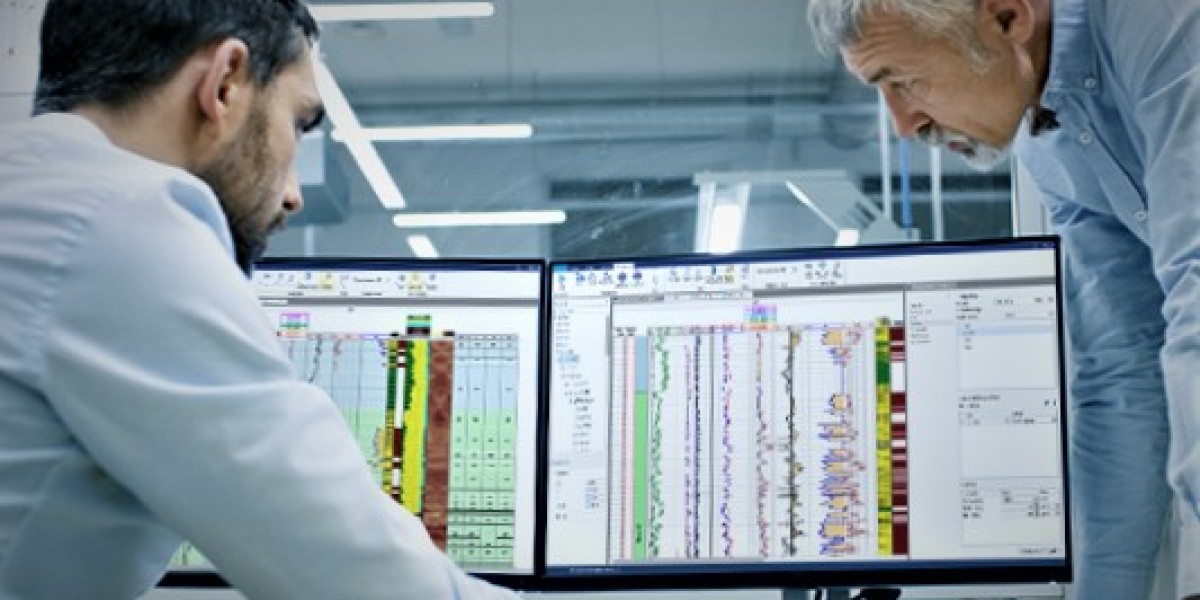Petrophysics, a crucial discipline within the oil and gas industry, plays a pivotal role in understanding the properties of subsurface rocks and fluids. It enables exploration and production companies to make informed decisions that enhance hydrocarbon recovery and optimize field performance. In this article, we will delve into the world of petrophysics, exploring its core concepts, methods, applications, advancements, and the career opportunities it presents.
Understanding Petrophysics
What is Petrophysics?
Petrophysics Courses is the study of the physical and chemical properties of rocks and their interactions with fluids, mainly oil, gas, and water, present in the Earth's subsurface. It involves analyzing various rock characteristics to determine reservoir potential, fluid flow capacity, and the presence of hydrocarbons.
The Importance of Petrophysics in the Oil and Gas Industry
Petrophysical data forms the foundation for reservoir evaluation and development planning. The insights gained from petrophysical analysis aid in identifying productive zones, estimating hydrocarbon reserves, and devising optimal drilling and production strategies.
Key Concepts in Petrophysics
Porosity: The Measure of Empty Spaces
Porosity refers to the volume of void spaces within a rock formation. It is a critical parameter as it indicates the capacity of the reservoir to hold hydrocarbons. Higher porosity generally implies a greater potential for oil and gas storage.
Permeability: The Pathway for Fluid Flow
Permeability measures the ability of a rock to allow fluids to pass through it. This characteristic dictates how easily hydrocarbons can move through the reservoir rocks and reach the wellbore during production.
Saturation: The Amount of Fluid in the Rock
Saturation is the fraction of pore space occupied by a specific fluid, be it oil, gas, or water. Accurate saturation measurements help estimate the total volume of hydrocarbons present in the reservoir.
Lithology: Identifying Rock Types
Lithology deals with classifying rocks based on their composition and texture. Identifying different lithologies aids in understanding the varying geological formations encountered during drilling operations.
Petrophysical Methods and Techniques
Wireline Logging: Probing the Earth's Depths
Wireline logging involves lowering specialized instruments down the wellbore to collect data on rock properties. These instruments measure various parameters, such as porosity, permeability, and lithology.
Core Analysis: Extracting Rock Samples
Core analysis entails retrieving rock samples during drilling and subjecting them to laboratory testing. This helps in obtaining direct measurements of rock properties and validating wireline log data.
Well Testing: Evaluating Reservoir Performance
Well testing involves temporarily altering the flow conditions to assess the reservoir's behavior. This technique provides valuable data on the formation's permeability and productivity.
Applications of Petrophysics
Formation Evaluation: Understanding Reservoir Potential
Formation evaluation combines petrophysical data with geological and geophysical data to assess the economic viability of a reservoir. It aids in determining the potential production rates and recovery factors.
Reservoir Characterization: Mapping Subsurface Properties
Reservoir characterization involves creating detailed models of subsurface properties, including porosity, permeability, and fluid saturation. These models enable effective reservoir management and development planning.
Production Optimization: Enhancing Recovery Rates
Petrophysical analysis guides the implementation of enhanced oil recovery (EOR) techniques to improve hydrocarbon recovery rates. This leads to more efficient and sustainable production.
Advancements in Petrophysics
Integration of Machine Learning and Artificial Intelligence
The integration of machine learning and artificial intelligence has revolutionized petrophysical analysis. Advanced algorithms can process vast datasets, extract meaningful insights, and predict reservoir behavior with greater accuracy.
Emerging Technologies in Petrophysical Data Collection
Innovations in data collection techniques, such as advanced well logging tools and advanced imaging technologies, have expanded the range and quality of petrophysical data available to analysts.
Career Opportunities in Petrophysics
Petrophysicist: Unraveling Subsurface Mysteries
A career as a petrophysicist involves conducting in-depth analyses of petrophysical data to help companies make informed decisions regarding reservoir exploration and production.
Research and Development: Innovating Petrophysical Techniques
Petrophysics offers exciting opportunities for research and development in the oil and gas industry. Scientists and engineers work on cutting-edge technologies and methodologies to enhance petrophysical analyses.
Top Universities Offering Petrophysics Courses
Curriculum Overview
Universities offering petrophysics courses generally cover topics such as rock properties, well logging, reservoir characterization, and interpretation techniques.
Research Opportunities
Students pursuing petrophysics courses can engage in research projects focused on solving real-world challenges in the oil and gas sector.
Industry Partnerships
Many universities have strong ties with industry players, providing students with practical exposure and potential job opportunities.
Online Petrophysics Courses
Flexible Learning Options
Online petrophysics courses offer flexibility, allowing learners to balance their education with personal and professional commitments.
Expert-Led Instruction
Renowned industry experts and academics often lead online courses, offering valuable insights and practical knowledge.
Real-World Case Studies
Online petrophysics courses often include real-world case studies, giving learners a comprehensive understanding of practical applications.
Challenges and Future Outlook
Data Interpretation Complexities
Interpreting vast amounts of petrophysical data poses challenges, but advancements in technology and analytical methods are continually addressing these complexities.
Sustainable Practices in Petrophysical Studies
The industry is increasingly focused on sustainable practices, incorporating eco-friendly solutions and minimizing environmental impacts during petrophysical studies.
Conclusion
Petrophysics is a dynamic field that plays a critical role in unlocking the mysteries of subsurface exploration. By understanding the properties of rocks and fluids, professionals in this field drive the oil and gas industry forward, ensuring efficient resource extraction and sustainable practices.







